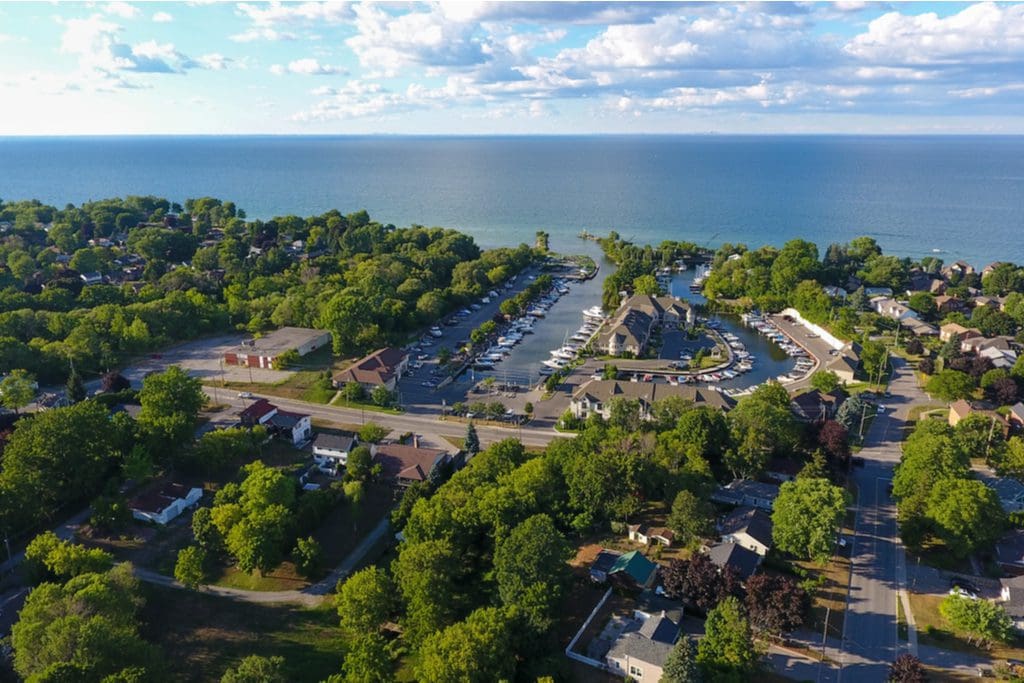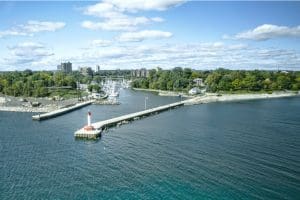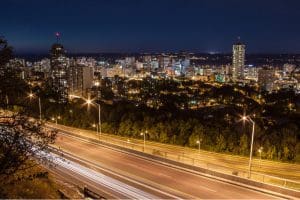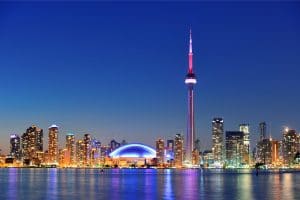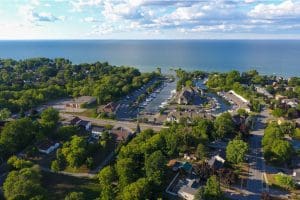Here’s what you need to know
If you’ve thought about converting your single-unit home into a multi-unit home, you’re not the only one. Plenty of homeowners have done the same in order to earn some rental income or house additional family members. But before you jump into action, you need to ensure that the conversion is legal first and foremost. Here’s a list of things you need to check off.
Understand the definition of a second unit
It’s important that you know your province’s definition of a secondary unit. There may be slight differences in the definition depending on the province. In Ontario, for example, a second unit is defined as “a self-contained dwelling unit with a private kitchen, bathroom facilities and sleeping areas.”
You can find your province’s definition online where you’ll find even more information on what qualifies as a secondary unit. It’s also best practice to speak to your local building department to confirm whether you’re allowed to add a second unit.
Check your municipality’s requirements
In order for your second unit to be considered legal and safe to live in, your unit will need to comply with municipal zoning and building code requirements. For instance, when it comes to construction, there are minimum standards regarding the size of the unit, the ceiling height, and the size of the windows. You’ll also need to meet certain plumbing and heating requirements, proper lighting, and safe fire exits. The unit should also have its own bathroom, kitchen, and sleeping area. A parking spot may also be required.
Hire professionals to help you out
If you’ve confirmed that you’re allowed to have a second unit, hire qualified professionals such as a licensed contractor, architect, or engineer to ensure the process goes smoothly and that your new unit meets all the requirements. They can also help you navigate the various stages involved in setting up a new unit, which could go a long way in reducing your stress.
Get the necessary approvals
You must secure a building permit, which you can apply for at your local building department. This permit is what formally changes the use of your house from a one-unit dwelling to a two-unit dwelling. Having a permit will not only allow you to begin construction on your secondary unit, but it will also ensure that your unit is safe to live in. As part of your application, expect to provide a completed application form, construction drawings, and fee payment. You may also be required to provide additional documentation.
Arrange for construction inspections
Once you’ve got your building permit, you’ll need to schedule the necessary inspections. Inspectors from your municipality will review the work at various stages of the construction process, checking to make sure everything is up to code. It will be your responsibility to inform the inspector when you’ve completed a stage of construction, so bear in mind that multiple inspections will be performed throughout your renovation. If the work meets all the requirements, your second suite will be officially approved.
